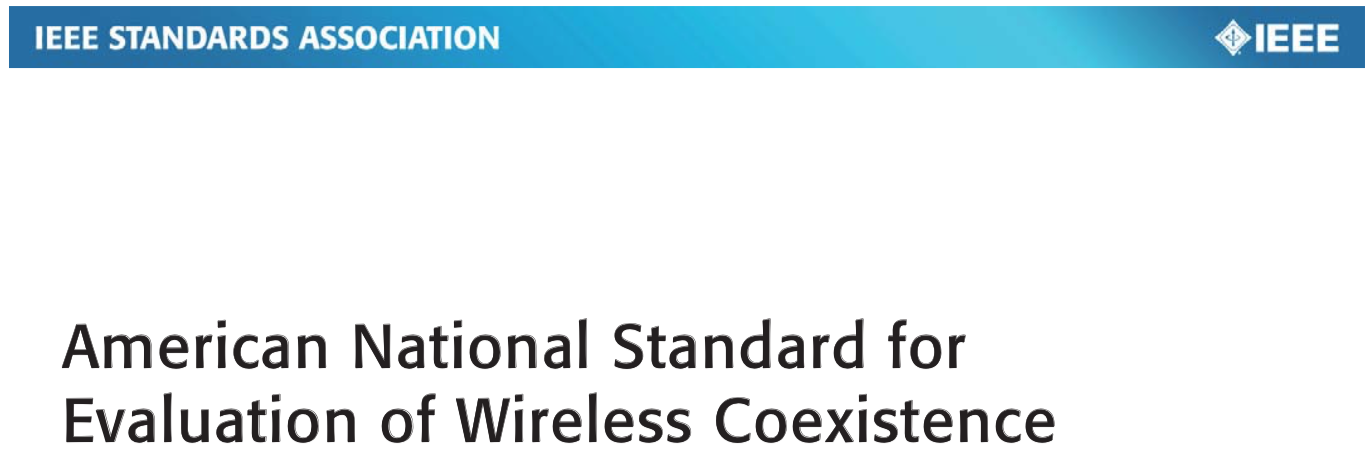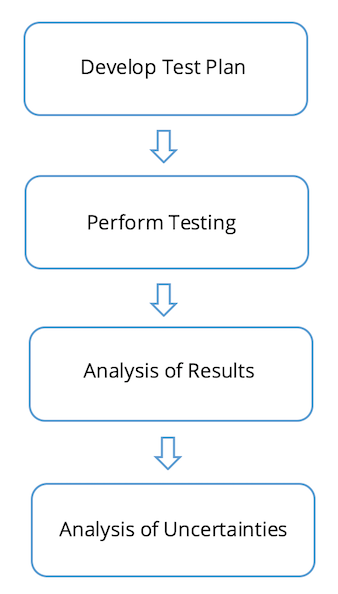C63.27-2017 - American National Standard for Evaluation of Wireless Coexistence

Posted on May 15, 2017 at 7:30 AM
The new approved standard C63.27-2017 provides an evaluation process and supporting test methods for quantifying the ability of a wireless device to coexist with other wireless services in its intended radio frequency environments.
The standard specifies:
- methods for assessing the radio frequency (RF) wireless coexistence of equipment.
- key performance indicators (KPIs) used to assess ability of the EUT to coexist with other equipment in its intended operational environment.
Traditional EMC vs Coexistence:
- Traditional EMC testing is designed to exclude frequency bands where the device under test communicates wirelessly.
- Coexistence testing examines performance in frequency bands where the device uses wireless communication.
High-level process flow for coexistence testing:

Develop Test Plan
- Identify the intended EM environment
- Specify the FWP (functional wireless performance) of the EUT
- Specify the evaluation tier to be used for assessing the FWP
- Choose a test method
- Specify the intended signal
- Specify the unintended signals
- Verify the test setup
- Baseline the FWP of the EUT in the test environment
- Baseline the performance of the unintended signals in the test environment
- Test the FWP of the EUT in the presence of the unintended signals
- Likelihood of coexistence (LoC), an estimation of the EUT’s ability to provide its FWP in the intended use environment.
- Medical device risk
All uncertainty calculations and estimates shall follow the guidance of ISO/IEC guide 98-1 or JCGM 104:2009 and ISO/IEC 98-3 or JCGM 100:2008 (including ISO/IEC 98-3 Supplement 1 and ISO/IEC 98-3 Supplement 2 or JCGM 101:2008 and JCGM 102:2011). * (ANSI 63.27-2017 page 36)
The complete standard can be found here.